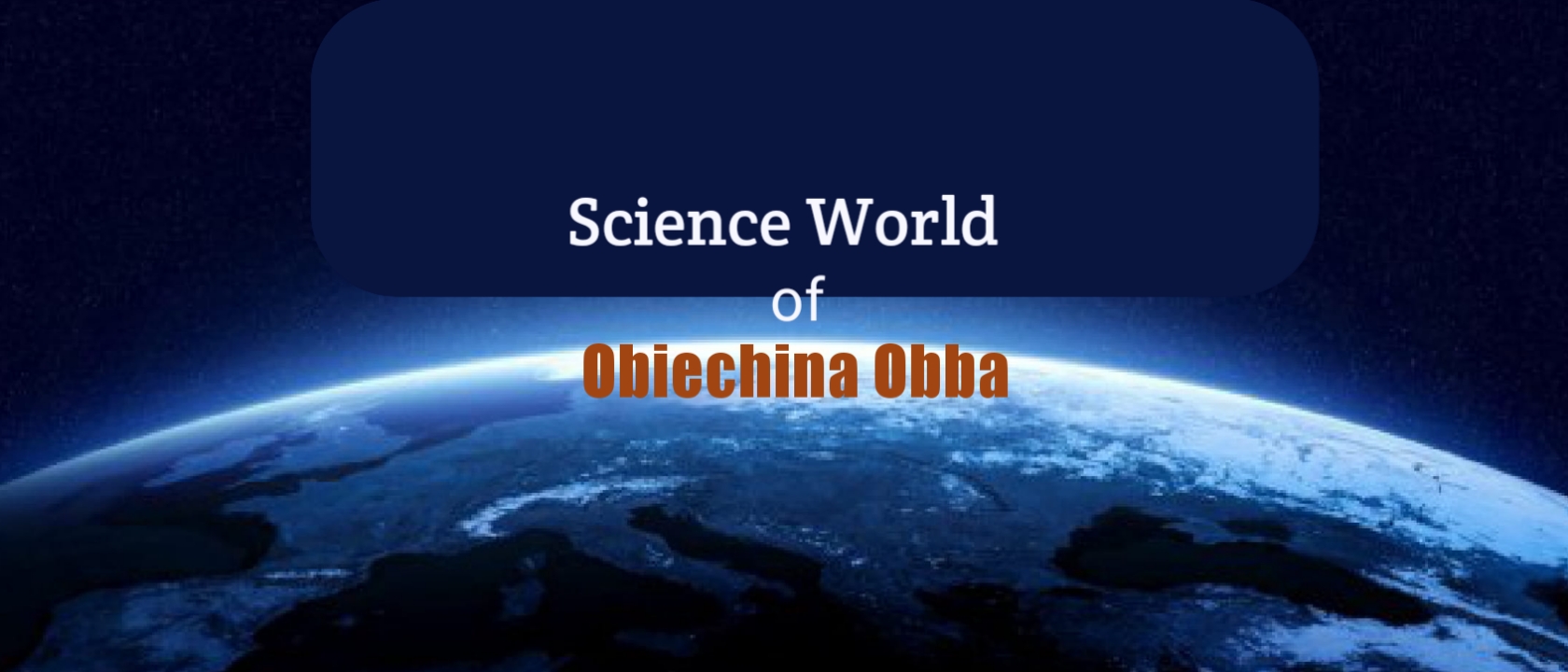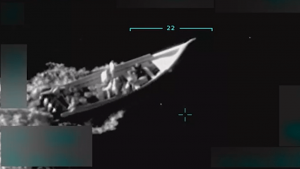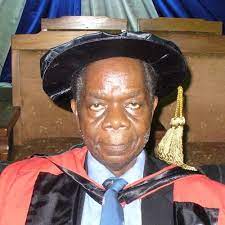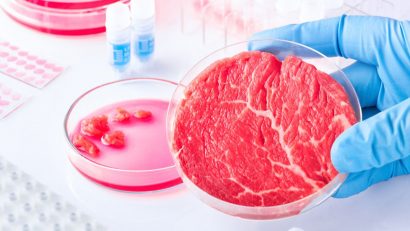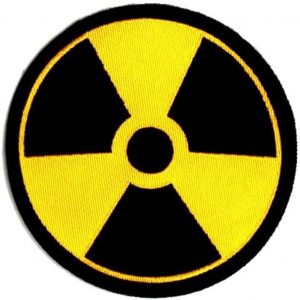The Royal Swedish Academy of Sciences has awarded the 2025 Nobel Prize in Chemistry to Susumu Kitagawa of Kyoto University, Japan; Richard Robson of University of Melbourne, Australia, and Omar M. Yaghi of the University of California, Berkeley, USA, for the development of metal-organic compounds.
These are molecular constructions with large spaces through which gases and other chemicals can pass.
They have the potential to extract pollutants from water and harvest water from desert air.
 The comoounds can also capture carbon dioxide and store toxic gases.
The comoounds can also capture carbon dioxide and store toxic gases.
Three scientists working in the United States have won the 2025 Nobel Prize in Physics for their pioneering work on macroscpic quantum mechanical tunnelling and energy quantisation in an electric circuit.
They are John Clarke of the University of California, Santa Barbara; Michel H. Devoret from Yale University who also worked in University of California, and John M. Martinis of University of California, Santa Barbara, USA.
They did experiments with hand-held electrical circuits to demonstrate quantum mechanical tunnelling and quantised energy levels in a maximum-sized system to demonstrate quantum mechanical effects.
Before now, experiments in quantum mechanical effects could only be demonstrated at the particle level through a slit or transparent medium.
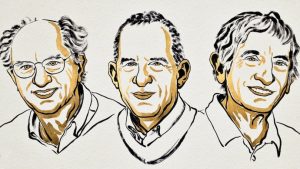
However, they showed waves/particles going through opaque walls instead of bouncing back.
Their work will open opportunities for next generation quantum computers and quantum sensors which are known to be much faster and can do the work that conventional ones cannot do.
The Nobel Prize for Physiology/Medicine for 2025 has been won by two Americans – Mary Brunkow of the Institute of Systems Biology, Seattle, and Fred Ramsdell of Sonoma Biotherapeutics, San Francisco – with Japanese, Shimon Sakaguchi of the Osaka University, for their work on how the immune system is stopped from attacking itself.
They discovered peripheral immune tolerance which prevents the immune system from harming the body while fighting foreign cells.

This discovery has great benefits in understanding and curing diseases like cancer and auto-immune diseases.
Prof Sakaguchi found that Regulatory T cells are responsible for recognizing antigens or foreign cells and lock on to them.
At the gene levei, Prof Brunkow and Ramsdell discovered that a mutation in the X chromosome called FOXP3 is what is responsible for the Regulatory T cells to be able to identify antigens and destroy them.
If not, the Regulatory T cells will attack the body also.
